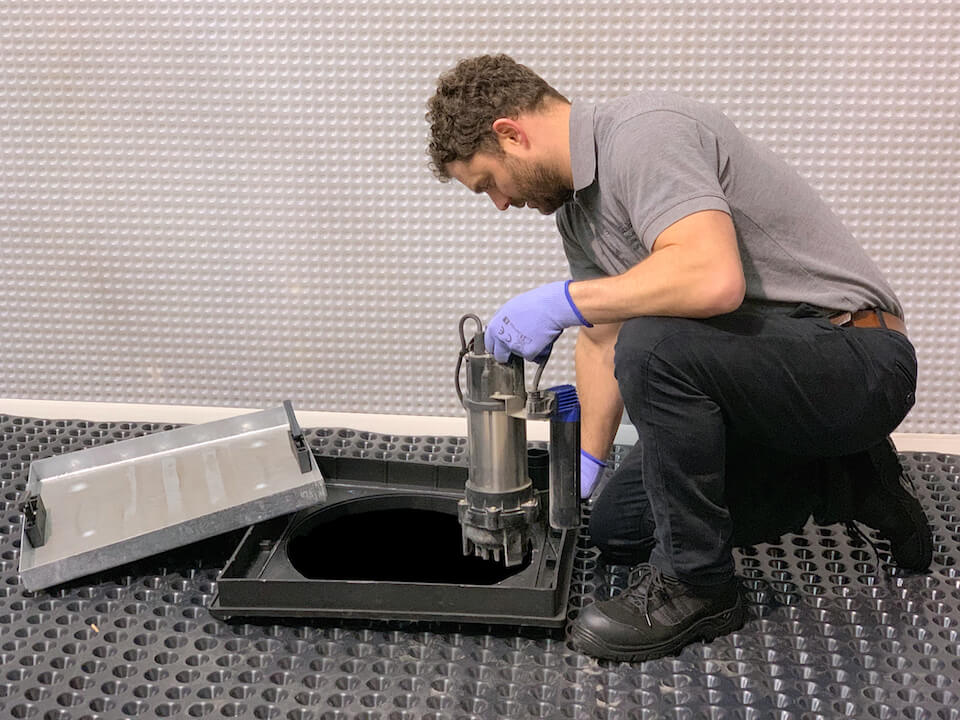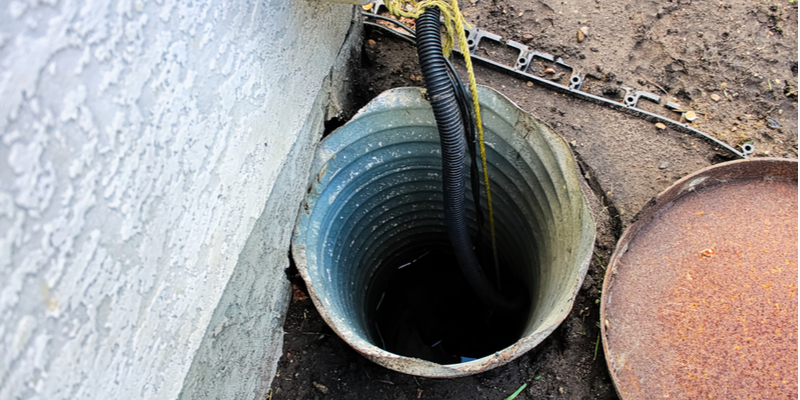What are your insights and beliefs about How To Effectively Clean A Sump Pump?

Sump pumps are critical elements in numerous homes, particularly in locations susceptible to flooding or too much moisture. They assist stop water damage by efficiently removing excess water from basements or crawl spaces. However, like any other home appliance, sump pumps require normal maintenance to guarantee they work effectively when required one of the most. Cleansing your sump pump is an important part of its upkeep, and understanding exactly how to do it appropriately can save you from expensive repairs and prospective catastrophes.
Introduction
Keeping a clean sump pump is important for its appropriate performance and longevity. Disregarding this necessary task can cause clogs, malfunctions, and inevitably, water damage to your building. As a result, learning just how to clean a sump pump is vital for home owners who rely upon these tools to maintain their cellars completely dry and protected.
Indicators of a Dirty Sump Pump
Recognizing when your sump pump requires cleansing is essential for stopping prospective breakdowns. Some common indicators that suggest a filthy sump pump consist of unusual sounds throughout operation, decreased water circulation, and noticeable particles in the pit. If you discover any of these symptoms, it's essential to clean your sump pump promptly to prevent any more issues.
Getting ready for Cleaning
Before you start cleaning your sump pump, it's vital to take some security precautions. Beginning by turning off the power to the pump to avoid any kind of electrical accidents. Furthermore, use proper safety gear, such as gloves and goggles, to shield on your own from dirt, debris, and possible microorganisms.
Comprehending the Sump Pump
Prior to diving right into the cleaning procedure, it's important to have a standard understanding of how a sump pump works. Normally mounted in a pit or basin below the basement floor, a sump pump includes a number of vital elements, including a pump, a float switch, and a discharge pipe. When water collects in the pit, the float switch triggers the pump, which after that pumps the water out through the discharge pipeline, far from the structure's structure.
Detailed Guide to Cleaning Up a Sump Pump
Shutting Off the Power
Begin by separating the power supply to the sump pump to avoid any accidents while cleansing.
Looking For Proper Performance
Before reinstalling the pump, carry out a fast test to make certain that the float switch activates the pump appropriately. Pour some water right into the sump pit and observe the pump's procedure. If whatever is working correctly, you can rebuild the pump and reconnect the power supply.
Removing Particles and Dirt
Use a container or an inside story to eliminate any visible debris, dirt, or sediment from the sump pit. Dispose of the debris correctly to stop it from clogging the pump or the discharge pipeline.
Cleaning up the Pump and Drift Change
Once the pit is free from particles, very carefully remove the pump from the pit. Check the pump and the float button for any type of indicators of damage or wear. Use a soft brush or cloth to cleanse the surface areas and get rid of any kind of built up crud.
Flushing the System
After cleaning the pump and float switch, flush the sump pit with tidy water to eliminate any staying dust or sediment. This will help make certain that the pump runs smoothly and efficiently.
Upkeep Tips to Maintain Your Sump Pump Clean
In addition to regular cleansing, there are several maintenance pointers you can comply with to keep your sump pump in optimum condition:
Verdict
Cleansing your sump pump is an important element of its upkeep and ensures that it operates successfully when you require it the most. By following the steps detailed in this guide and including routine maintenance into your routine, you can expand the life expectancy of your sump pump and shield your home from water damage.
How To Inspect And Clean A Sump Pump
There are a few things you may want to look for when inspecting your sump pump. These include:
Leaks: If you notice any leaks around the sump pump, it likely needs to be repaired or replaced. Mud or Water: If there is any mud or water around the sump pump, it’s likely that it’s not working properly and needs to be cleaned. Noises: If you hear any strange noises coming from the sump pump, it may be indicative of a problem. Next, you’ll need to clean the sump pump. If you notice any of these issues, it’s best to clean the sump pump as soon as possible. To do this, you’ll need to remove the pump from its housing. Be sure to have a bucket handy to catch any water that may spill out. Once the pump is removed, use a brush or a spray nozzle to clean off all of the mud and debris. You may also want to check the impeller for damage or wear and tear. If you find any damage, you’ll need to replace the pump.
Once the pump is clean, reattach it to its housing and replace any parts that were removed. Be sure to test the pump before putting everything back in place. Once everything is back in order, put the cover back on the sump pit and refill it with water.
https://elekplumbing.com/blog/how-to-inspect-and-clean-a-sump-pump/

I came across that piece on Steps to Cleaning Your Sump Pump Properly while looking around the search engines. Sharing is good. You never know, you may be doing someone a favor. Many thanks for being here. Return soon.
Request An Estimate